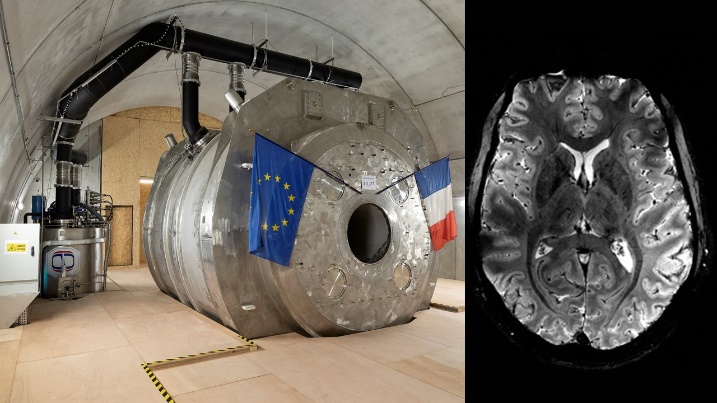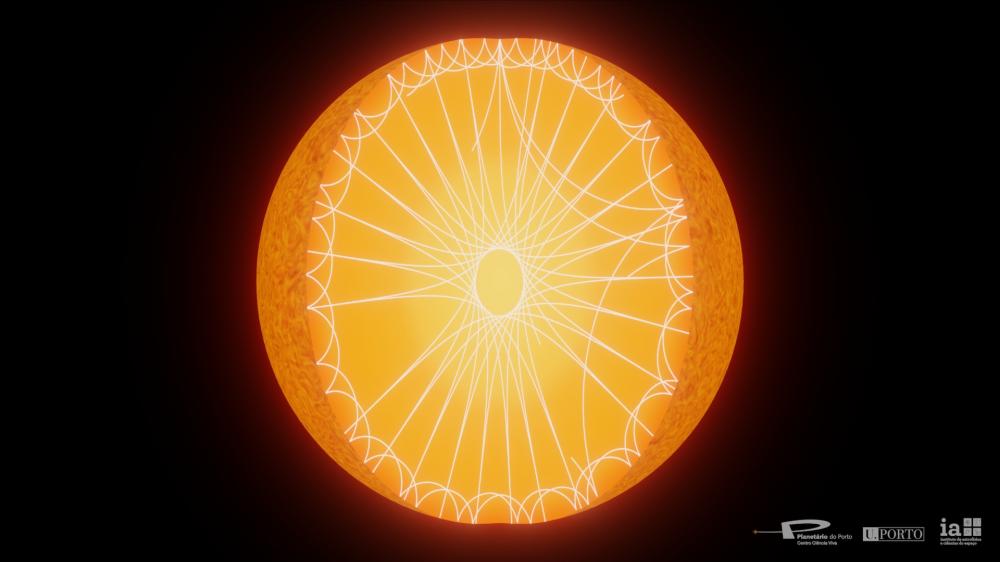The Iseult project has unveiled the first human brain images obtained using a 11.7 teslas MRI, after almost 25 years of work. This world first was made possible thanks to the commitment of over 200 CEA employees, who believed in this extremely ambitious project from the very beginning
In the early 2000s, a Franco-German project was launched to develop ultra-high resolution imaging. One of the objectives was to build an imager whose key component was a superconducting magnet reaching 11.7 Tesla with a 900 mm aperture, but there was at this time no MRI manufacturer ready to embark on this crazy adventure alone. Based on its strong expertise in superconducting magnets acquired over the past 40 years, in particular for high energy physics and particle physics (Cern) as well as for fusion (Tore Supra, ITER), CEA decided to take up the challenge. After only a few years of design work, CEA proposed in 2006 an initial design using several innovative technological solutions. After exhaustive tests to validate all of them with several prototypes, the final fabrication started in in 2010. It took 7 years for the CEA and Alstom (now General Electric) teams to finalize the construction of this outstanding magnet, a colossus weighing 132 tons, 5 me in length and 5 meters in diameter. The magnet winding is made of 182 km of superconducting wires cooled to -271.35°C by 7,500 liters of superfluid helium.
.
An international team, including the Astrophysics Department of CEA-Saclay, led by the Instituto de Astrofísica e Ciências do Espaço (IA), utilized one of the world's most advanced spectrographs to detect the smallest "stellar tremors" ever recorded in an orange dwarf star, making it the smallest and coldest star observed to date with confirmed solar oscillations. This study demonstrates that asteroseismology is a powerful technique for studying such stars, opening new perspectives in our understanding of stellar physics and, by extension, exoplanets.
This study is published in the journal Astronomy & Astrophysics Letters: “Expanding the frontiers of cool-dwarf asteroseismology with ESPRESSO: Detection of solar-like oscillations in the K5 dwarf ε Indi”.



